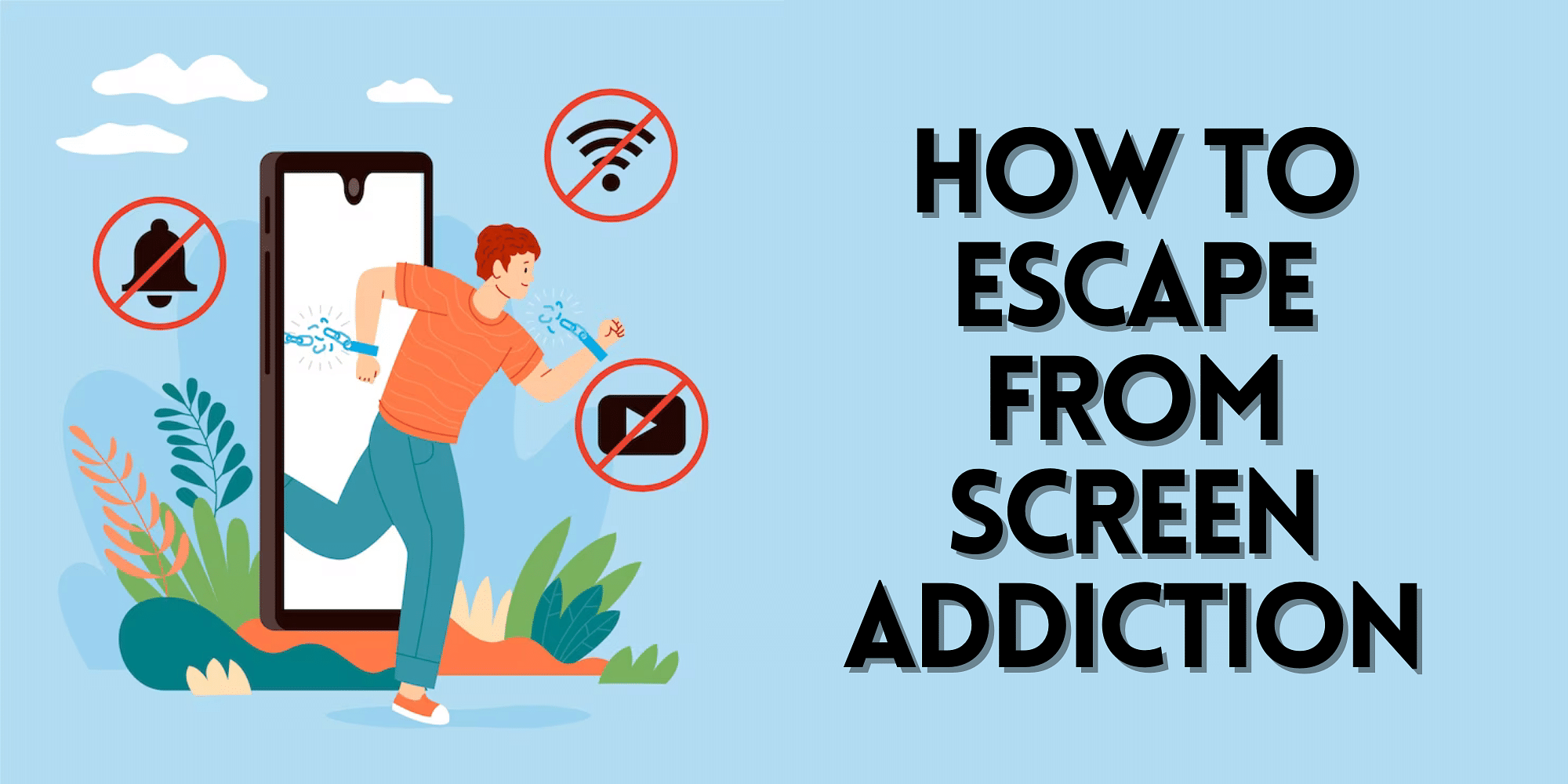
As society grows more intertwined with digital technology, it becomes increasingly clear that the screens which once served us as powerful tools are now ruling our lives. With ever-pinging notifications, work emails at midnight, and the seemingly endless scroll of social media, it’s no wonder that many of us feel a relentless pull to be online all the time. However, a rising trend of digital detoxes – where individuals consciously step away from their screens – could hold the key to reclaiming our lives from this addiction.
The Allure of the Digital World
The ease and accessibility of digital devices have unquestionably revolutionised our world. They connect us, entertain us, educate us, and empower us in ways we couldn’t have dreamed of a few decades ago. But, for all their benefits, these devices are addictive by design. After all, app developers, social media companies, and online marketers all benefit when we spend more time online.
The effect of screen addiction can be quite profound. It has been linked to a range of mental health issues including depression, anxiety, and low self-esteem. Moreover, the constant checking and scrolling can lead to problems with focus and attention. This digital dependency is an emerging public health issue that is just starting to be recognised and tackled on a large scale.
Taking Control with a Digital Detox
A digital detox is a dedicated period when you intentionally stay away from digital devices – phones, computers, tablets, and smartwatches, among others. The aim is to reduce stress and focus on real-world interactions without distractions. You might take a digital detox for a day, a week, or even longer, depending on your circumstances and needs.
A detox doesn’t necessarily mean complete abstinence. For many of us, total disconnection is impractical or even impossible. But, by limiting certain uses – particularly those we identify as problematic – we can still benefit from the principles of a digital detox.
Embarking on Your Digital Detox
Planning your detox is essential for its success. Here are some guidelines to help you on your way:
1. Identify your objectives: Why do you want a digital detox? Is it to improve your sleep, spend more quality time with loved ones, or reduce your overall stress levels? Clearly identifying your goals will help keep you on track.
2. Set realistic boundaries: Be specific about what you’ll limit. Perhaps you’ll only check emails during office hours, or maybe you’ll use your phone for necessary communication, but not for social media.
3. Communicate your intentions: Let others know about your detox. This can prevent misunderstandings and also provide you with a support network.
4. Create offline alternatives: Find other activities to fill the time you would normally spend online. This could be reading, walking, meditating, or crafting – anything that gives you joy and relaxation.
5. Gradual or cold turkey?: Some people find it easier to slowly reduce their screen time over several weeks, while others prefer a more abrupt cutoff. Choose the approach that feels right for you.
The Benefits of a Digital Detox
Detoxing from digital devices can bring many benefits. Reduced screen time can improve physical health, including better posture and less eye strain. It can lead to healthier sleep patterns, as the blue light from screens can interfere with our natural sleep rhythms.
From a psychological perspective, taking control of our digital use can lead to lower stress and anxiety levels. It can also free up time, allowing for more face-to-face interaction and real-world experiences, enriching our lives in ways that screens can’t.
As our world becomes ever more digitised, finding balance is key. A digital detox allows us to reclaim control over our digital lives, promoting a healthier, more mindful relationship with technology. Remember, technology is meant to serve us, not the other way around. Embarking on a digital detox might just be the first step towards a healthier, more balanced lifestyle.
.thumbnailWrapper
width:6.62rem !important;
.alsoReadTitleImage
min-width: 81px !important;
min-height: 81px !important;
.alsoReadMainTitleText
font-size: 14px !important;
line-height: 20px !important;
.alsoReadHeadText
font-size: 24px !important;
line-height: 20px !important;




![Read more about the article [YS Exclusive] Ensuredit raises $4.2M in Pre-Series A funding](https://blog.digitalsevaa.com/wp-content/uploads/2022/07/ImageTaggingnoframesMycopy10-1657002548343-300x150.png)






